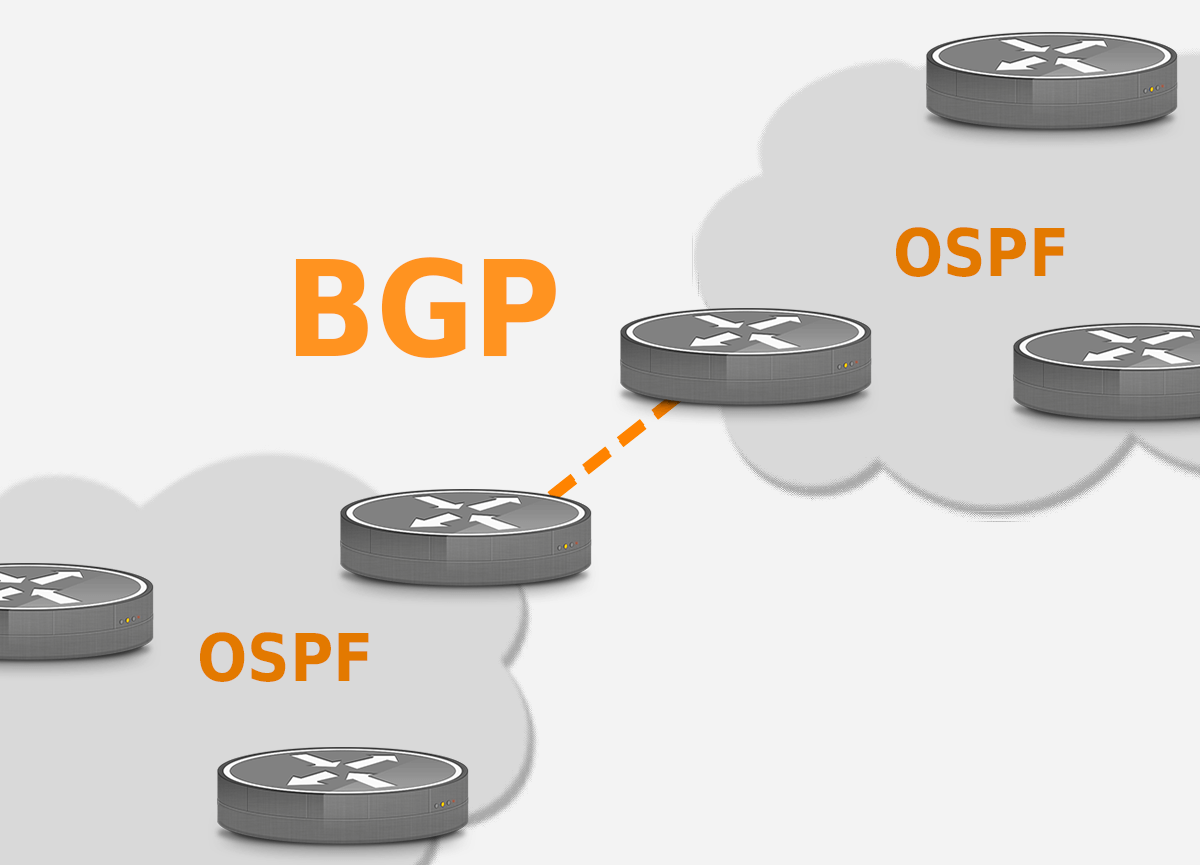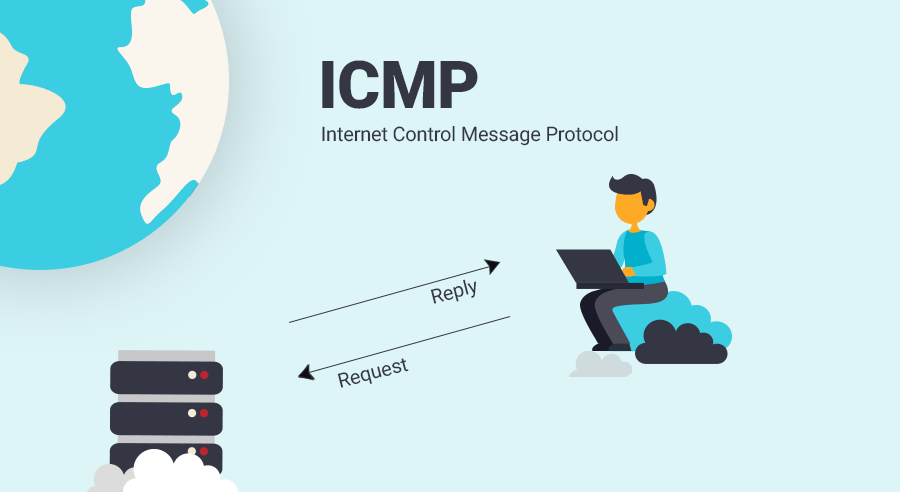The Network Layer
The Network Layer serves as the bridge between the Data Link Layer below and the Transport Layer above in the OSI model. It focuses on the logical addressing and routing of data packets, enabling them to traverse multiple networks to reach their intended destination.
Key Functions of the Network Layer
-
Logical Addressing: The Network Layer assigns logical addresses, such as IP addresses, to devices on a network. This allows routers and switches to identify the source and destination of data packets.
-
Routing: It determines the optimal path for data packets to reach their destination. This involves making decisions based on network topology, traffic conditions, and other factors.
-
Packet Forwarding: The Network Layer is responsible for forwarding data packets from one device to another, ensuring they are transmitted to the next hop or the final destination.
-
Error Handling: While not responsible for error correction, the Network Layer may detect and report errors, allowing higher layers to take corrective action.
-
Subnetting and Supernetting: The Network Layer enables network administrators to create smaller subnetworks or combine networks into larger supernet addresses for efficient addressing.
Real-World Examples and Protocols
Let's examine real-world applications and protocols that rely on the Network Layer:
 Internet Protocol (IP): The most iconic protocol of the Network Layer is IP, which is responsible for logical addressing and packet routing. IP comes in two versions, IPv4 and IPv6. IPv4 is the familiar 32-bit addressing system, while IPv6 uses a 128-bit addressing scheme to accommodate the vast growth of internet-connected devices.
Internet Protocol (IP): The most iconic protocol of the Network Layer is IP, which is responsible for logical addressing and packet routing. IP comes in two versions, IPv4 and IPv6. IPv4 is the familiar 32-bit addressing system, while IPv6 uses a 128-bit addressing scheme to accommodate the vast growth of internet-connected devices.
Example: When you send an email from your computer to a friend across the world, the email is divided into packets. The Network Layer (IP) attaches the sender's and recipient's IP addresses to these packets, ensuring they traverse the internet to reach your friend's device.
-
Routing Protocols: There are various routing protocols, including OSPF (Open Shortest Path First), EIGRP (Enhanced Interior Gateway Routing Protocol), and BGP (Border Gateway Protocol). These protocols are used by routers to determine the best path for data packets.
Example: When you search for information on the web, your request might go through multiple routers that use routing protocols to find the fastest path to the web server hosting the information.
-
ICMP (Internet Control Message Protocol): ICMP is used for error reporting and diagnostics within IP networks. It helps devices identify issues and communicate with each other about network problems.
Example: If a data packet cannot reach its destination, ICMP might send an error message, such as the famous "Destination Host Unreachable" message, helping troubleshoot connectivity problems.
-
Virtual Private Networks (VPNs): VPNs use the Network Layer to create secure connections over public networks. They encapsulate and encrypt data packets to ensure private communication.
Example: When you connect to your company's network remotely using a VPN, your data packets are securely transmitted over the internet, thanks to the Network Layer's routing and encapsulation.
Conclusion
The Network Layer, often considered the brain of network communication, ensures data packets find their way across the vast landscape of interconnected networks. By addressing, routing, and forwarding data, it plays a pivotal role in the functioning of the internet and private networks alike. Understanding the Network Layer and the protocols that operate within it is essential for network administrators and anyone seeking to comprehend the intricate web of network communications.



















0 Comments